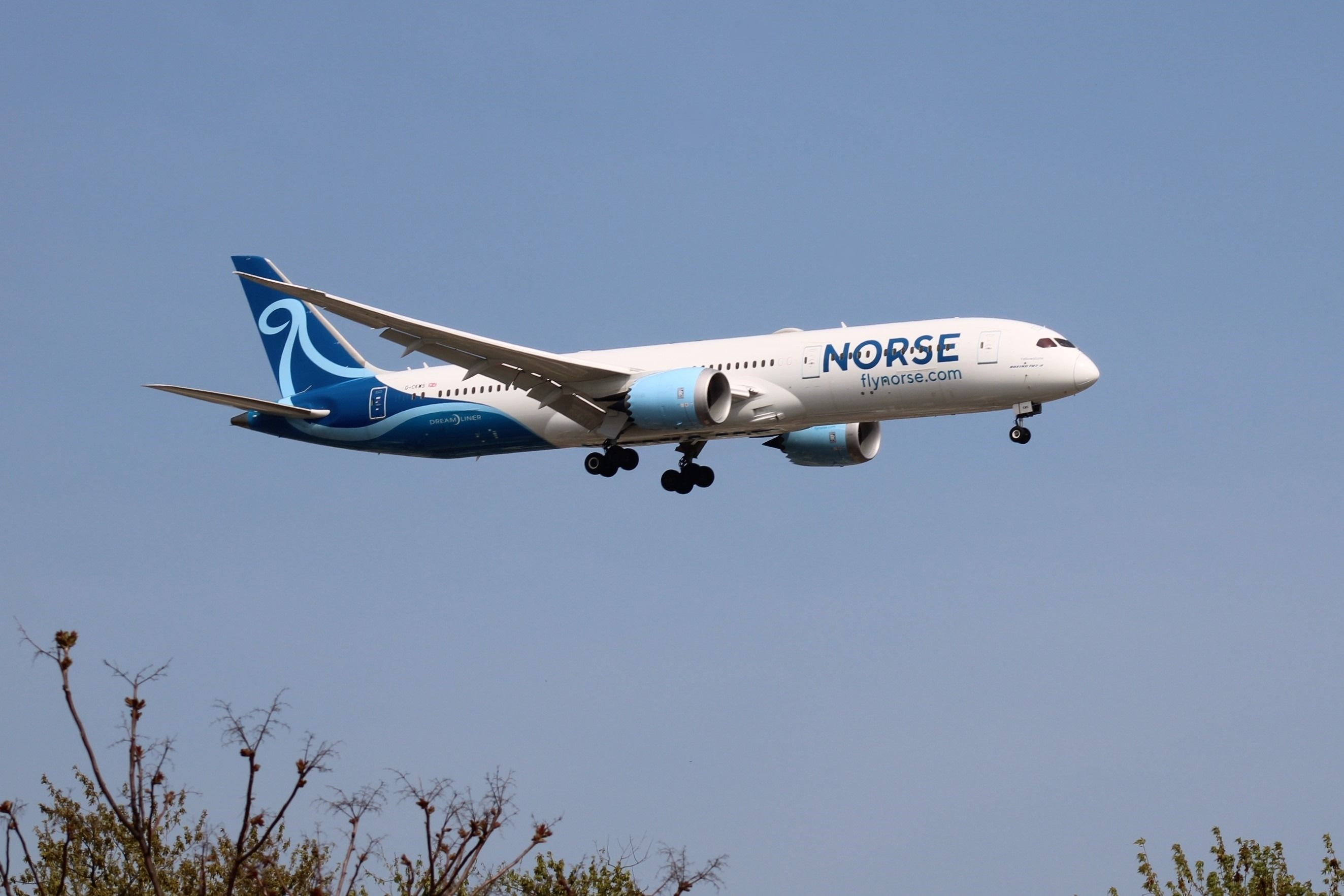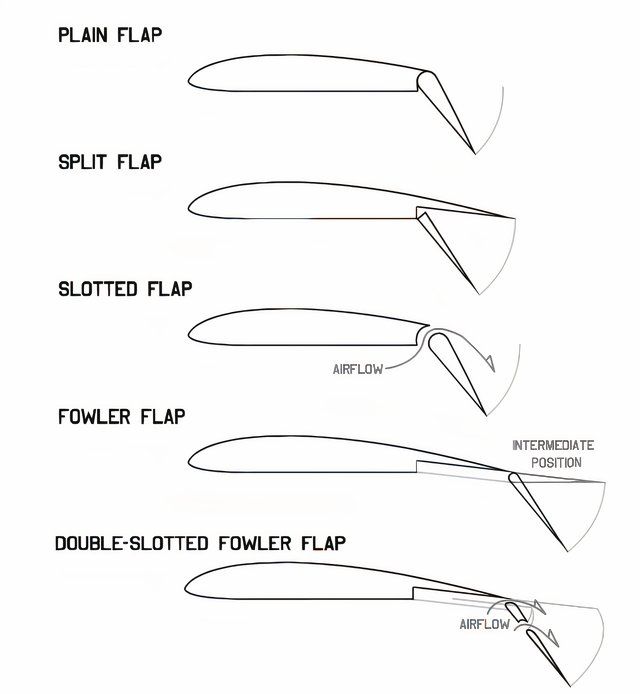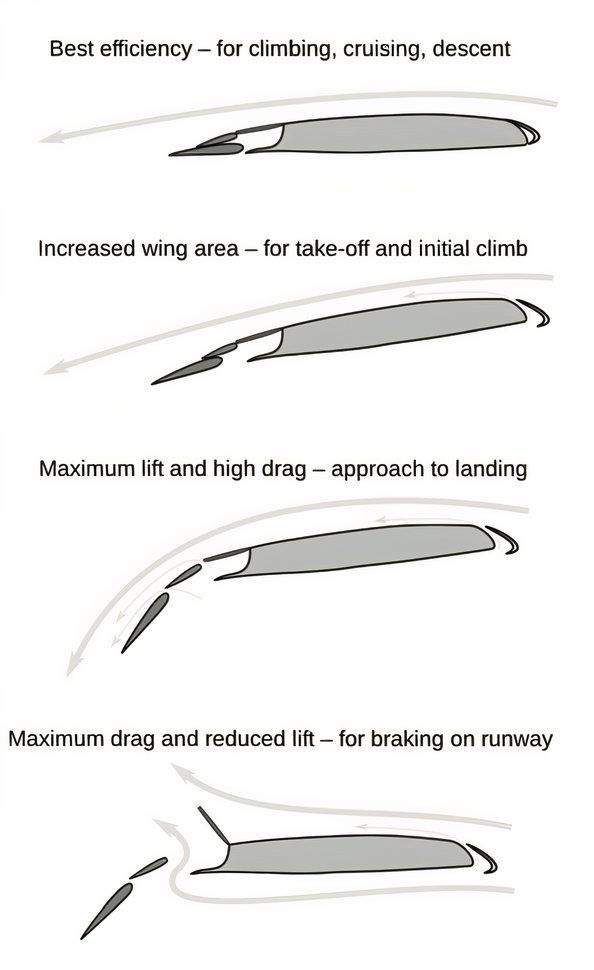Summary
- Flaps are crucial secondary control surfaces that increase lift and drag, which is crucial for takeoff and landing efficiency.
- Flaps change wing shape, camber, chord, and lift coefficient to optimize lift production and decrease landing distance.
- Flaps have two main categories: leading-edge and trailing-edge (e.g., Fowler), with various types.
Tens of millions of people fly in the air every day, and many who’ve looked out the window seat with a wing of the wing may have seen flaps extend and retract during the different phases of flight without knowing what it does. But precisely what is a flap? Why is it an essential part of every aircraft today?
What are flaps?
Flaps are a secondary control surface on the wing that affects the aircraft’s aerodynamics by changing its characteristics. They play a vital role in helping the aircraft get airborne and land.
Photo: The Global Guy | Shutterstock
There are two main categories: leading-edge and trailing-edge flaps, each with different types of flaps. Flaps are installed towards the root of the wing, between the ailerons and the fuselage. They are controlled by a lever in the cockpit, which has multiple settings. Each setting corresponds to a different flap angle.
Flaps are usually hydraulically actuated in larger commercial aircraft, but in smaller aircraft, they are operated by electric motors.
When flaps are used for takeoff, they help increase lift with minimal drag. It allows the aircraft to get airborne at lower speeds and, as a result, use less runway. Flaps increase lift and drag significantly during landings, helping the aircraft fly slower during the approach phase without stalling. A slower approach means less speed when touching down and a short landing distance.
Lift equation and properties of the wing.
To understand how flaps work, we have first to understand the lift equation, which is:
Lift = (CL ✖ V² ✖ p ✖ S) ➗2
- CL – is the coefficient of lift, affected by the wing shape and angle of attack.
- V² – is the square of the velocity.
- p – is the air density.
- S – is the surface area of the wing.
Next, we must understand a wing’s properties—angle of attack, camber, and chord.
Chord
The chord line is measured by drawing a straight line from the leading edge to the wing’s trailing edge. When flaps are deployed, the chord of the wing changes as well.
Angle of attack
The angle of attack (AOA) is the angle between the relative wind (wind not affected by the presence of the aircraft) and the chord line. The higher the angle of attack, the higher the coefficient of lift.
Every wing has a critical angle AOA, the angle after which it stalls, regardless of other factors.
Camber
The camber is represented by a line of equal distance between the top and bottom of the wing, from the leading to the trailing edge. It represents the curvature of the wing.
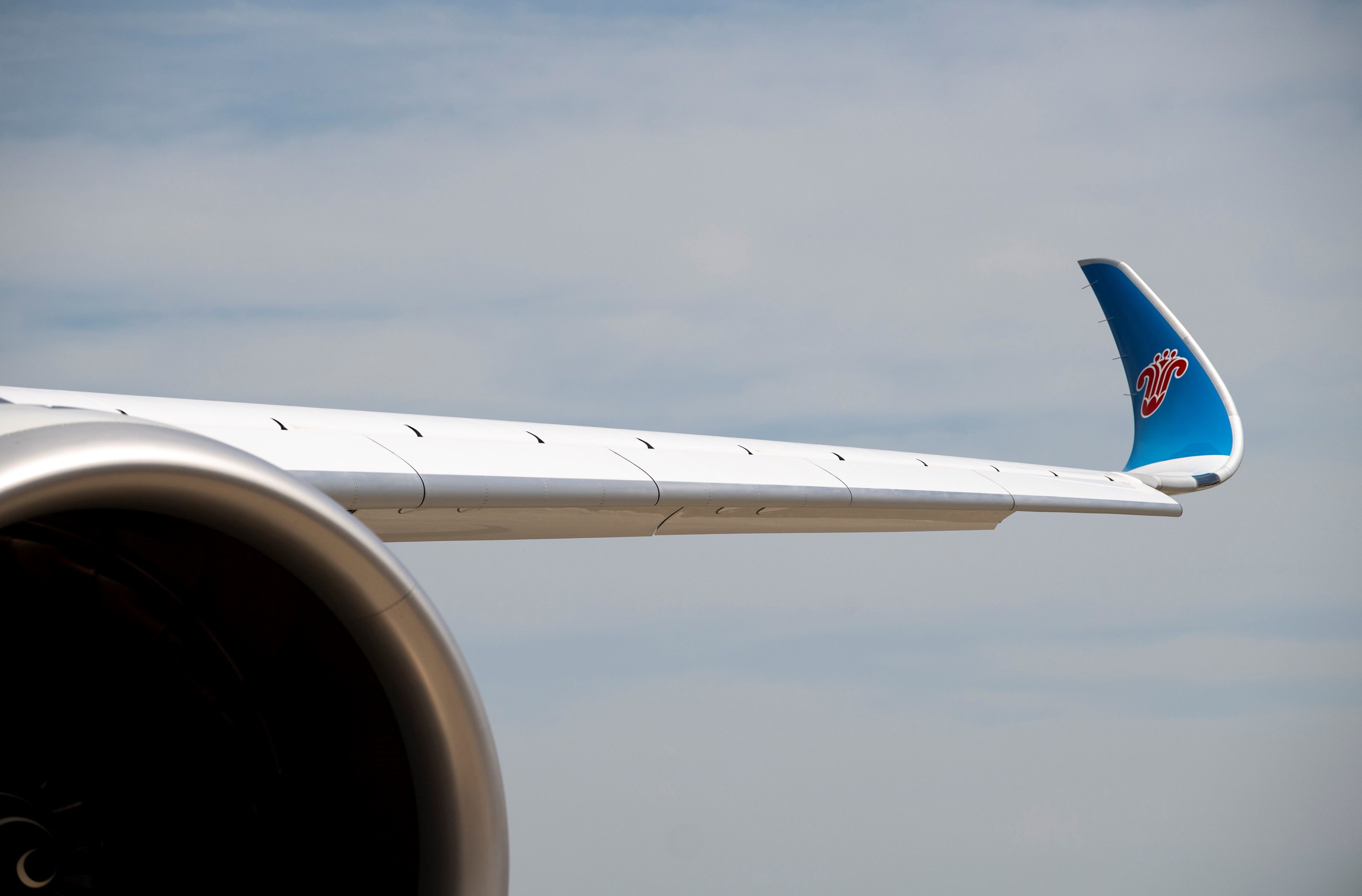
Related
How Aircraft Wings Are Made
A look at the production, assembly, and delivery process of this important aircraft component.
How do flaps work?
Extending the flaps changes the shape of the wing, which in turn changes its camber and chord, increasing its coefficient of lift. This allows the wing to create the same amount of lift for a given AOA. However, the higher the lift and curvature of the wing, the higher the increase in both lift-induced and parasite drag.
The higher the angle of the flaps, the more lift and drag are produced. During takeoff, aircraft flaps range from 5 to 15 degrees, which increases lift with a minor increase in drag. Flaps range from 20 to 40 degrees for landing, depending on the flap type.
When flaps are deployed, the aircraft’s lift increases for a given pitch attitude, and drag increases. This allows the aircraft to stay airborne at lower speeds and lower AOAs.
It allows an aircraft to slow down on an approach, making it more controllable and safer to land. In addition, the pilot doesn’t have to pitch up as much to maintain the same level of lift as with flaps up, which gives them a better view of the runway.
Types of flaps
As mentioned, two categories of flaps are leading-edge and trailing-edge flaps. These are the different types:
Leading-edge flaps
There are two main leading-edge flaps: Krueger and Droop flaps.
Krueger flaps
Leading-edge flaps are Krueger flaps. These are hinged surfaces that are “stored” within the wing. The flap is hinged at the wing’s leading edge and extends outwards. The new leading edge increases the chord and camber of the wing.
Droop flaps
Many think droop flaps and Krueger flaps are the same. However, droop flaps rotate downward when deployed. These flaps are famously used on the Airbus A380.
Trailing-edge flaps
Multiple types of trailing-edge flaps exist, each with a different level of complexity, but all serve the same purpose. These are the main and most common types of trailing edge flaps.
Plain flaps
The simplest type of flap, the rear portion of the wing, is hinged and drops down when deployed. It produces the least increase in lift.
Split flaps
The rear portion of the wing has a flap built into the lower surface. When deployed, it drops down into the airflow. The wing’s upper surface remains unchanged, allowing for more lift production versus plain flaps.
Slotted flaps
Slotted flaps resemble plain flaps but create a slot between the wing and the moving flap portion. The slot allows air from the bottom portion of the wing to flow through it and helps energize the air above the wing.
Photo: Wikimedia Commons | Andrew Fry
Fowler flaps
Fowler flaps extend outwards and downwards, changing the shape of the wing and its surface area. The increased surface area dramatically increases lift production, which is why these flaps are extremely popular in aviation today.
Slotted fowler flaps
A combination of Fowler and slotted flaps combines the benefits of both flaps. On larger aircraft, multiple slots can increase airflow; these are double-slotted Fowler flaps.
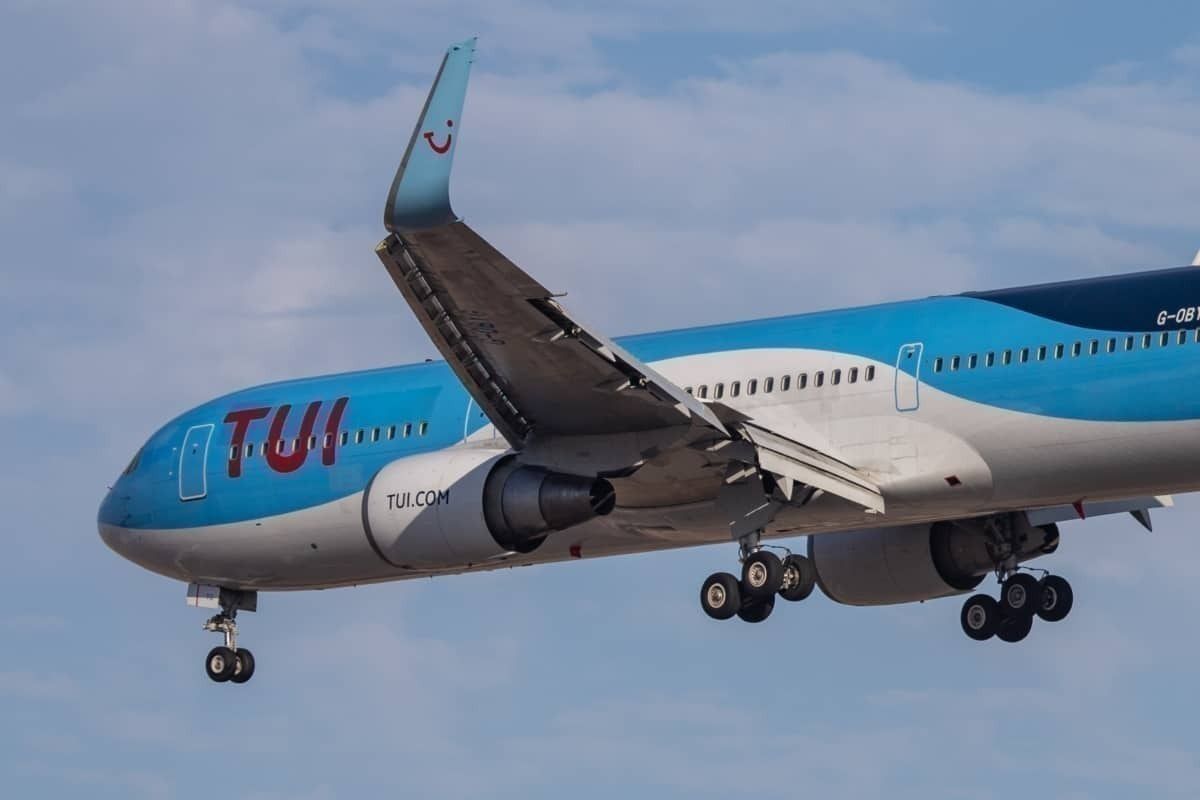
Related
What Are Flaps And Why Are They Important?


